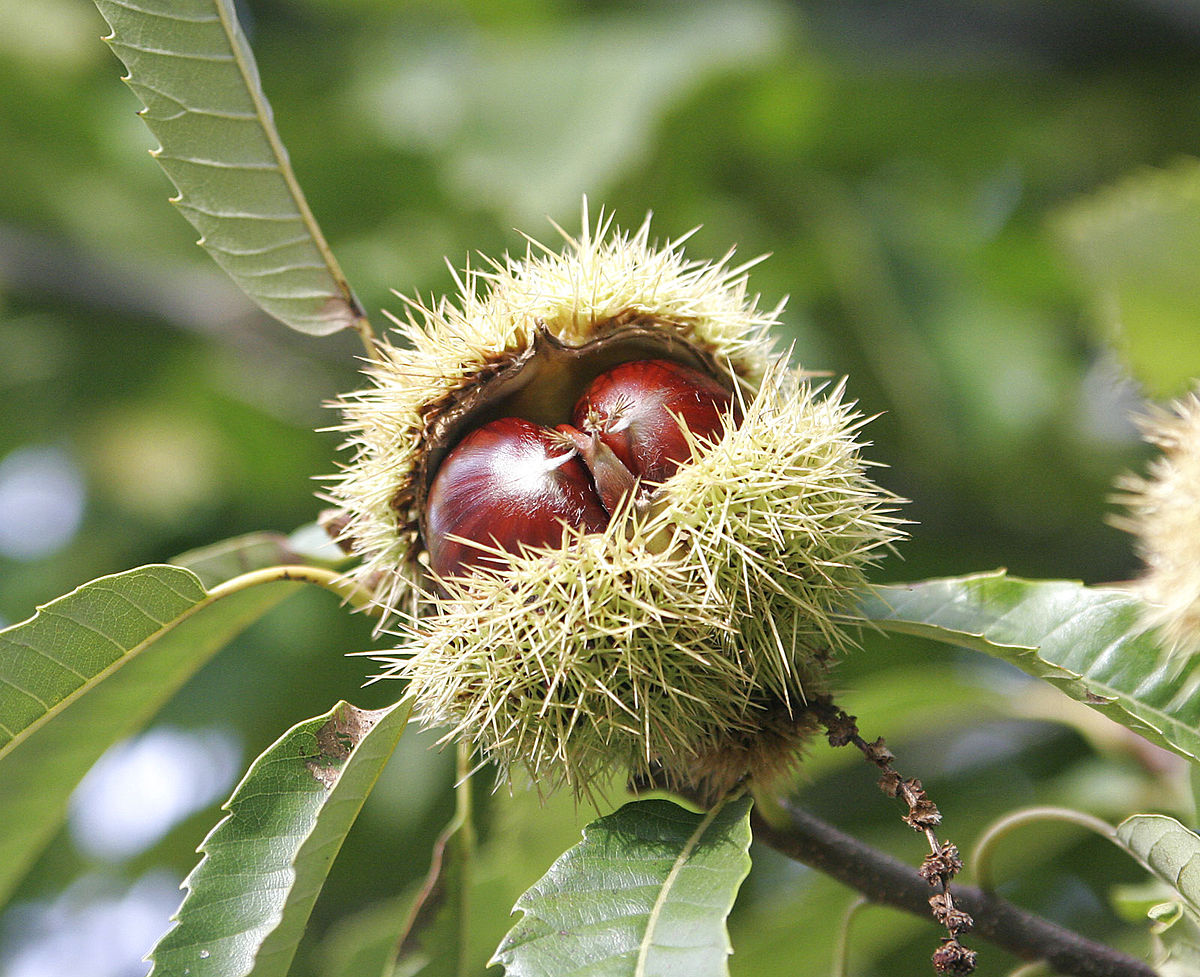Marine
Member
- Joined
- Mar 9, 2021
- Messages
- 27
Anyone know if sweet chestnut (not horse chestnut) cooked in pressure or roasted have too many PUFAs? And they are good or bad for us?
Follow along with the video below to see how to install our site as a web app on your home screen.
Note: This feature may not be available in some browsers.
Click Here if you want to upgrade your account
If you were able to post but cannot do so now, send an email to admin at raypeatforum dot com and include your username and we will fix that right up for you.
It's a tree nut, right? It's not from equatorial regions, right? Then it contains PUFA. PUFA is toxic.Anyone know if sweet chestnut (not horse chestnut) cooked in pressure or roasted have too many PUFAs? And they are good or bad for us?
PUFA is short for polyunsaturated fatty acids and is very toxic and should be avoided. Nuts from a deciduous tree not grown on the equator would have PUFA as fat. The only nuts that are low in PUFA is Macadamia nuts.@mostlylurking i think sweet chestnut is just normal chestnut ,but some people confuse with horse chestnut
i was reading the nutritional content and shows that is very low fat, but i dont know about PUFAs and if is a bad food
They can irritate the gut of some people, and can cause bloating and gas due to the starches and tannins
If you want to eat them, suit yourself. I'm just following Ray Peat's advice about tree nuts.@mostlylurking do you have any links for your claims? I find this link about chesnuts, but dont know if is true
Nuts, chestnuts, european, raw, peeled Nutrition Facts & Calories
nutritiondata.self.com
And about tannins, dont seem to been so high, only find about wine or green tea have huge amount of tannins, and maybe coffe too

i just want to understand more about what are you bring to the discussion with some sources that qualifies what are you saying, because this nut is very low in fatIf you want to eat them, suit yourself. I'm just following Ray Peat's advice about tree nuts.
link: Lipid and fatty acid profiles of Castanea sativa Mill. Chestnuts of 17 native Portuguese cultivarsi just want to understand more about what are you bring to the discussion with some sources that qualifies what are you saying, because this nut is very low in fats.
So i suppose you are also avoiding milk fat or eggs?link: Lipid and fatty acid profiles of Castanea sativa Mill. Chestnuts of 17 native Portuguese cultivars
Lipid and fatty acid profiles of Castanea sativa Mill. Chestnuts of 17 native Portuguese cultivars
snippet: "The major FAs are linoleic, oleic and palmitic; these accounted for more than 85% of the total FA content."
The link above was found in this article: Sweet Chestnuts facts and health benefits
snippet: "Most of us think fats as a bad thing to be burned off during a diet, but in fact, our body needs a number of other fats to function normally. These good fats, found in high concentrations in chestnuts, help to balance our cholesterol, decrease inflammation all through the body, and lower the risk of atherosclerosis and blood clots building up in the body. This will eventually lower your risk of stroke, heart attack and coronary heart disease to a large degree.(1)"
Linoleic acid is carcinogenic.
link: Unsaturated Vegetable Oils: Toxic
snippet: "Those fatty acids, such as linoleic acid and linolenic acid, which are found in linseed oil, soy oil, walnut oil, almond oil, corn oil, etc., are essential for the spontaneous development of cancer, and also appear to be decisive factors in the development of age pigment, alcoholic cirrhosis of the liver, diabetes, obesity, stress-induced immunodeficiency, some aspects of the shock reaction, epilepsy, brain swelling, congenital retardation, hardening of the arteries, cataracts, and other degenerative conditions. They are possibly the most important toxin for animals."
The discrepancy between Ray Peat's position that PUFA is toxic and the main stream idea that PUFA is good for you is exemplified by the two opinions provided above. I choose to believe Ray Peat.
No. But that's my quota for PUFA so I'll pass on the chestnuts. Pick your poison; I think free range home grown chicken eggs have more going for them that chestnuts do.So i suppose you are also avoiding milk fat or eggs?
We are still talking about 1-2 g of total fat per 100g of chestnut (I would consider that one serving). Compare that amount to the oils ray is talking about.
Based on your logic you should avoid milk and eggs, etc as well since they contain PUFA.No. But that's my quota for PUFA so I'll pass on the chestnuts. Pick your poison; I think free range home grown chicken eggs have more going for them that chestnuts do.
This does not deserve a response. You are being intentionally hostile and obtuse.Based on your logic you should avoid milk and eggs, etc as well since they contain PUFA.
Sweet chestnut is not a everyday staple anyway. So why stressing? Imagine going through an european winter market, they offer roasted chestnut and hot punch. Who would say no and why?This does not deserve a response. You are being intentionally hostile and obtuse.
This is the start of this thread:Sweet chestnut is not a everyday staple anyway. So why stressing? Imagine going through an european winter market, they offer roasted chestnut and hot punch. Who would say no and why?
Enough said.Anyone know if sweet chestnut (not horse chestnut) cooked in pressure or roasted have too many PUFAs? And they are good or bad for us?